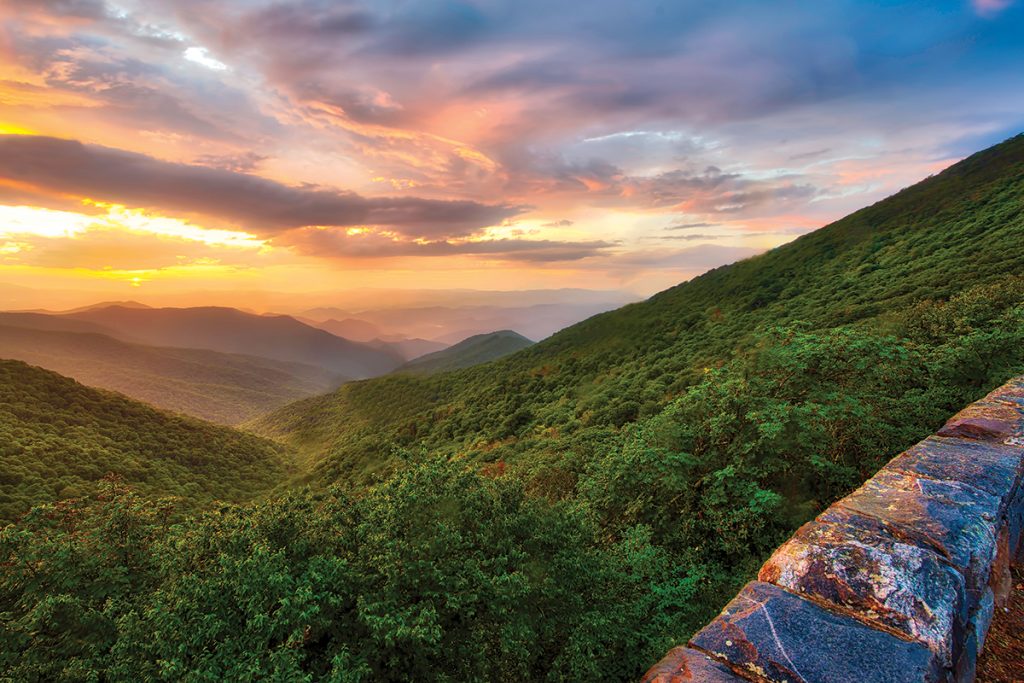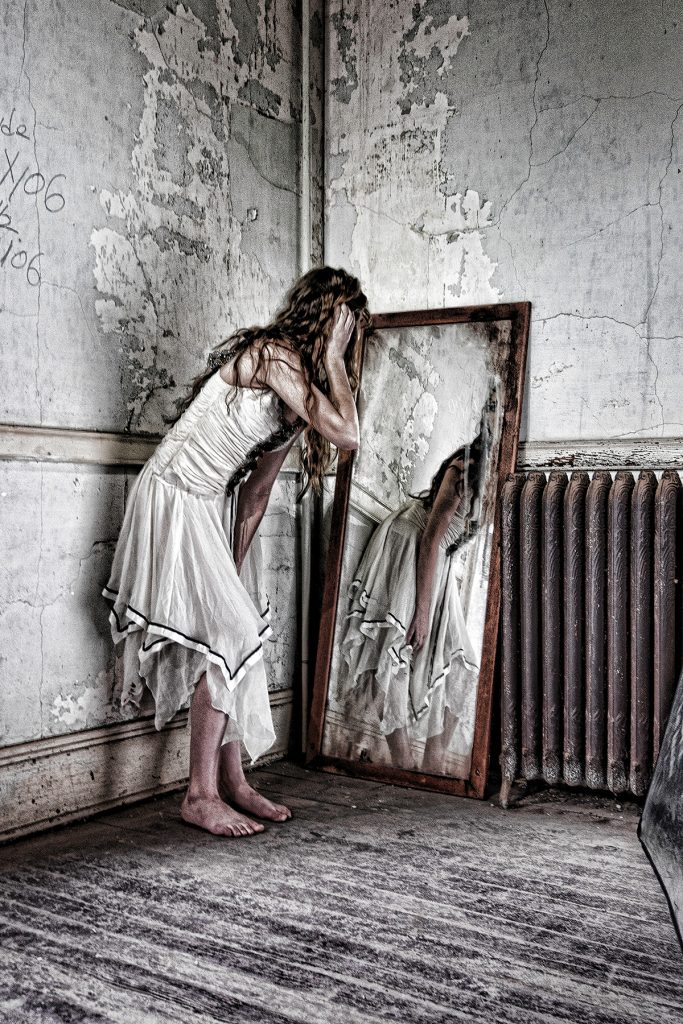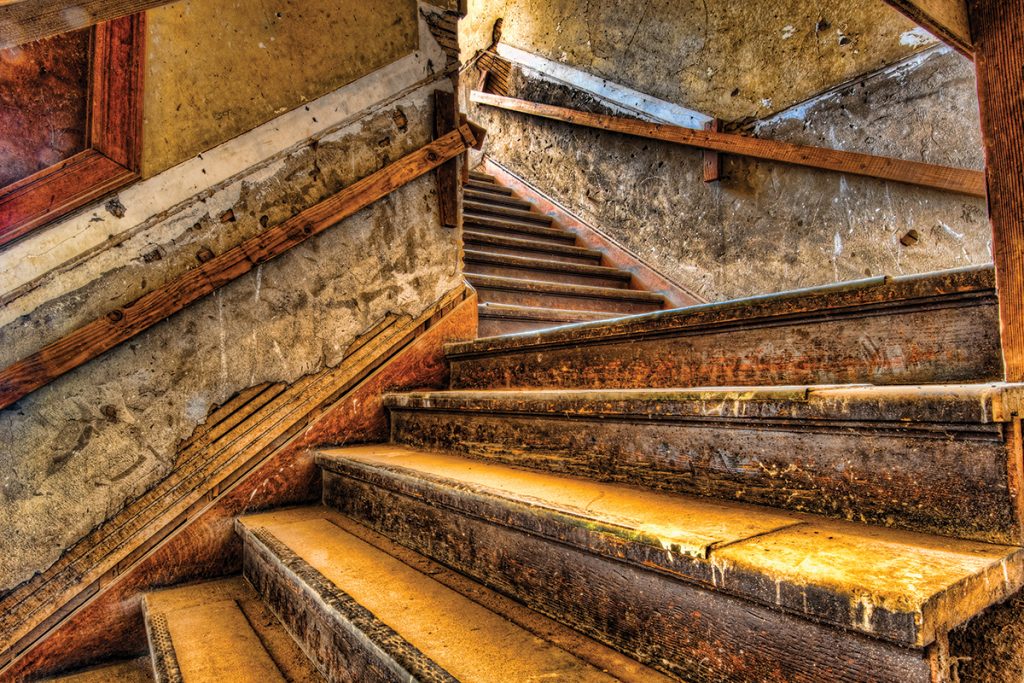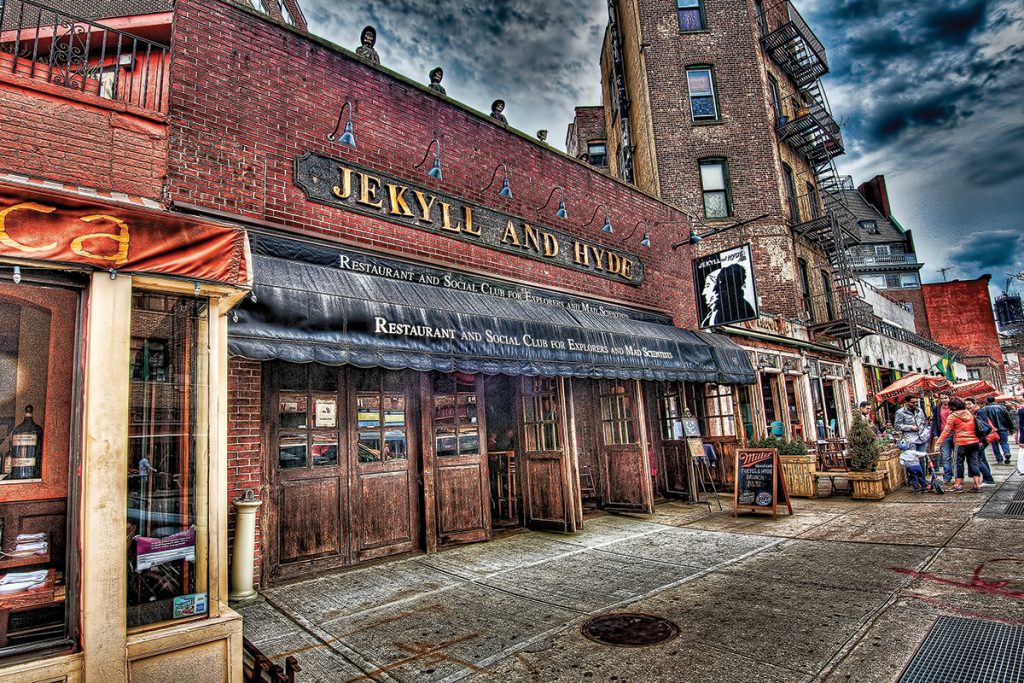
Portrait by Brendan Hunt
“Sometimes I’ve done things that kind of challenge what you think reality is,” says photo artist Steve Trehub. “A lot of it is just going on in your head, and messing with your head.” He describes his mind-altering approach as “surrealistic photography.”
He primarily uses HDR or “high dynamic range” photography, a technique that combines shots to create visual trickery, even a fantasy element. As Trehub describes, “With your eye you cannot see the entire range of light in totality, all at the same time. Your pupils have to contract or dilate as your focus moves from light to dark, until your eyes adjust.” But HDR captures the full range of light simultaneously on the printed image. That gives the viewer an optical experience otherwise impossible to perceive. The result is so dramatic it can be startling, in a good way. The mind’s eye observes something that it isn’t normally capable of processing — and that gets pretty trippy.

“It evokes a response, and that’s what has always interested me. When something resonates that way there’s a universal beauty of truth that comes out. One woman saw my photo Girl in Mirror and started to cry. She couldn’t stop herself, and was apologizing. To me that’s the most incredible intense thing, when someone has such a powerful reaction to art.”

When processing a photo using HDR, Trehub himself doesn’t even know exactly how it will turn out. “I know what’s there, and that some of the lighting is subtle and some is extreme. But I can’t see it all. Nobody can.” The end images look three dimensional — or even beyond, “almost more 3-D than they’d appear if you were physically present in front of the subject.”

Trehub is self taught, notwithstanding a few tips and techniques picked up from fellow shutterbugs. “I bought my first camera in 1968, and back then, of course, it was film-based. I set up a little darkroom in the basement, and then went to Montreal to the World’s Fair and shot this steel sculptural piece that was really cool looking,” he relates. “But all I had were these little eight- by ten-inch trays for developing. The scale was small and wasn’t that interesting, so I bought this roll of photo paper, maybe 36 inches wide. I unrolled about six feet of it, put it on the wall, and used a projector so I could make a huge enlargement. I got a sponge mop and filled up a bucket with developer and raced around sponging it. Once I started experimenting, I got really hooked. That taught me a lesson early on: that we aren’t bound; we don’t have limitations. Generally speaking, we impose them on ourselves, but you can get around them.

“I get inspired by whatever is around me, and by looking at things from a different perspective. Getting good work is a combination of luck and opportunity. And intentionally making the opportunity so at least you’re available to take advantage of it when it presents itself. Magic appears all over the place.”

Steve Trehub, Asheville. The artist’s studio is located at Riverview Station, 191 Lyman St. Studio 266, in the River Arts District. To contact the artist, call 828-351-8464 or e-mail stevetrehub@gmail.com; for more information, see stevetrehub.com. Trehub’s work is on display through October at Hotel Indigo Downtown Asheville (151 Haywood St., Asheville, 828-239-0239, ashevilleindigo.com).